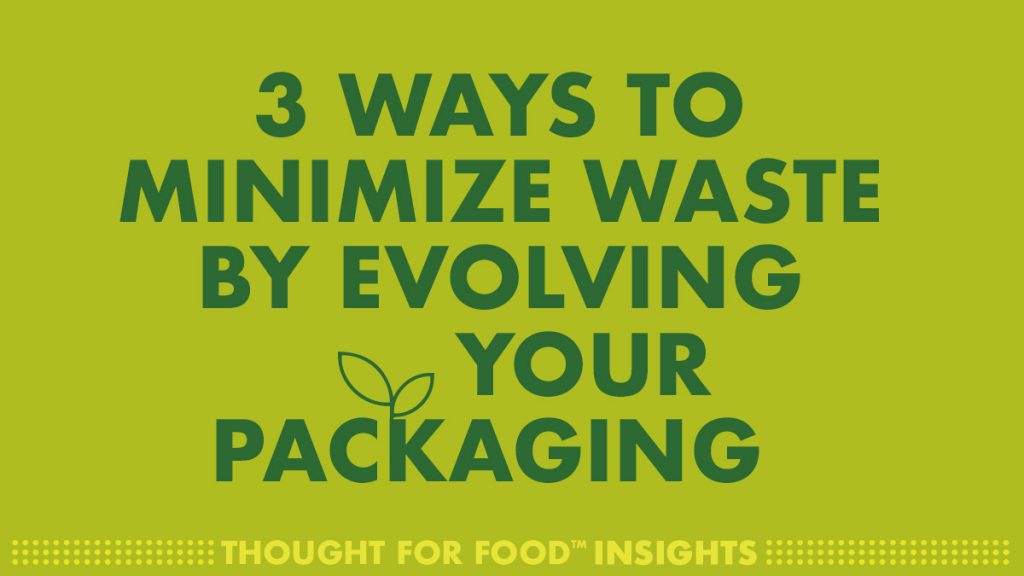The holiday season in America has long been referred to as the “season of excess” – a period of rapid accumulation and consumption stretching from Halloween through New Year’s Eve. Judging by the recently bulging refrigerators and cupboards, boxes piling up on doorsteps and waste bins overflowing at the ends of driveways, we might consider renaming it the “season of excess packaging”. But the crackdown has begun, courtesy of Amazon’s new $1.99 per item surcharge to CPG manufacturers not meeting their standards for waste reduction.
Fortunately, the next decade is expected to bring solutions that help both brands and consumers meaningfully minimize packaging waste. While we touched on a shift to a waste-centric, circular economy in a prior issue, here we are proposing 3 considerations for evolving your package design:
- In the War on Plastic, are you Friend or Foe? Consumers have heard the predictions – that by 2050, there will be more plastic than fish in the world’s oceans. They know that the foods and beverages they buy are often packaged, wrapped and/or stored in plastic. According to a recent study by Nestle, 9 in 10 Americans say society produces too much plastic scrap, and 7 in 10 expect companies that use it, to address it. But current press reveals that even behemoths like Unilever and Pepsico are struggling to use less – at the same time countries and cities are proposing single-use plastic bans. Brands poised for the future will look to alternative substrates like aluminum, natural polymers, beeswax-coated fabric wrap, shrinking pack size through concentrates or waterless formulations and reusable “forever bottles” a la Blueland.
- Can it be eaten? Analysts predict a not-so-distant future where package – not just product – is edible, citing future artifacts like edible boxes dissolved into soups and recent experiments by Starbucks, Air New Zealand and Loliware with edible cups, straws and wrappers. In addition, scientists in the field of synthetic biology are looking to introduce plastic-eating enzymes into the packaging life cycle.
- Can you extend shelf life? Waste can also be addressed through freshness and expiry, as consumers lament their part in food waste by throwing out unused products that are seemingly past their prime. There’s plenty of inspiration from airless packaging, as well as recent developments like Aptar’s Standcap silicone dispensing valve, and Unilever’s new “often good after x date” labeling that will be placed directly after “best before” text.
